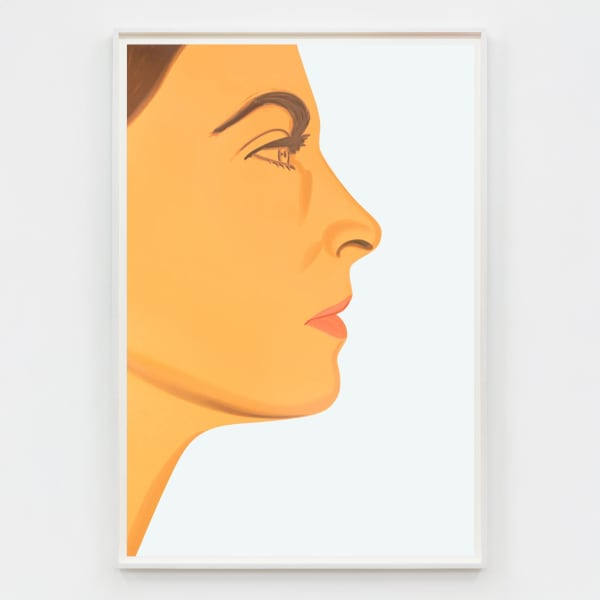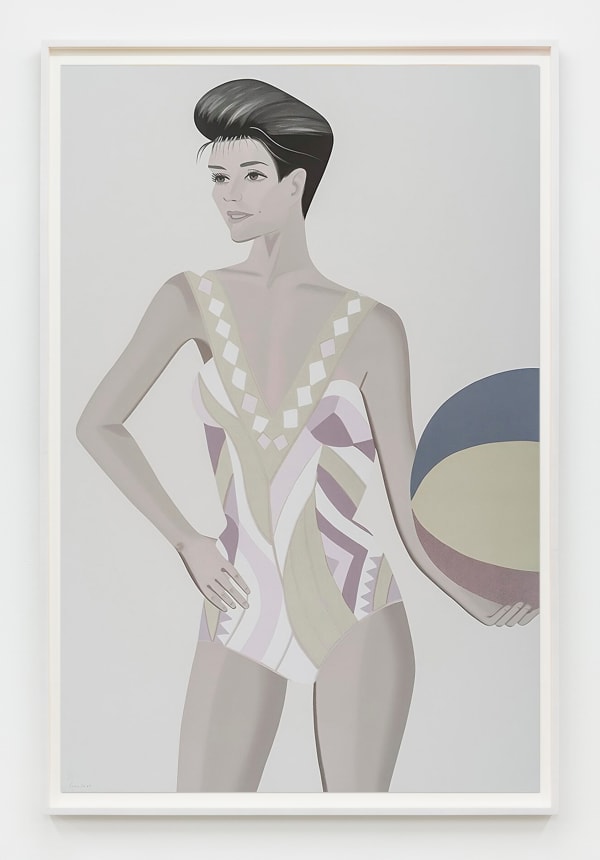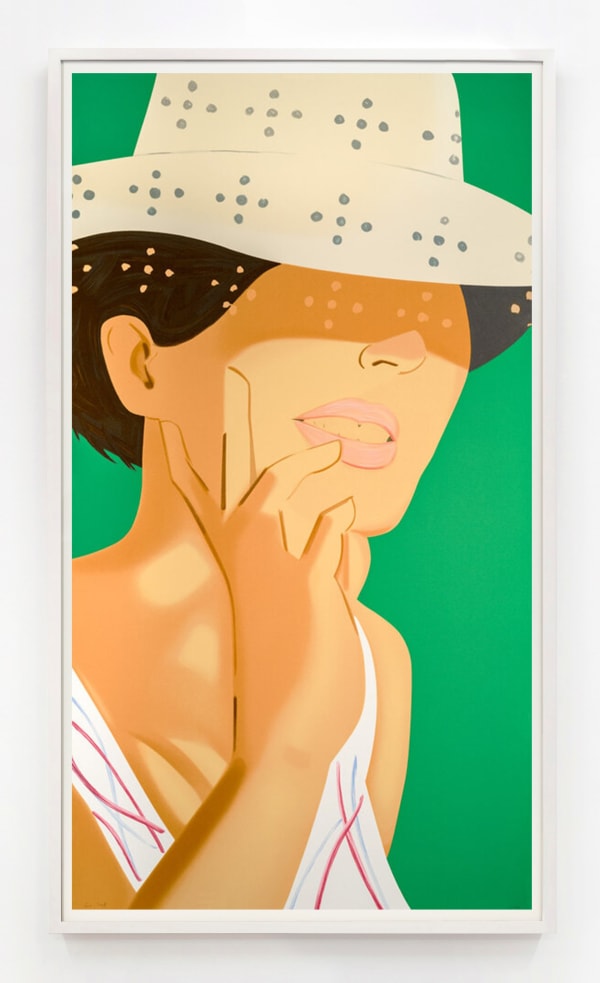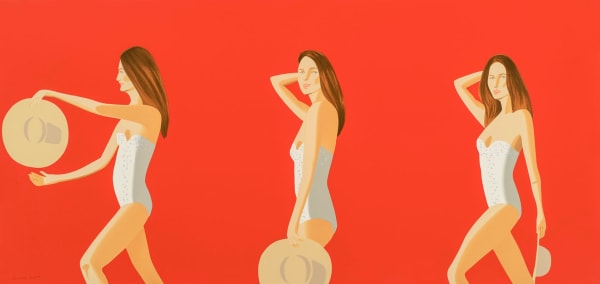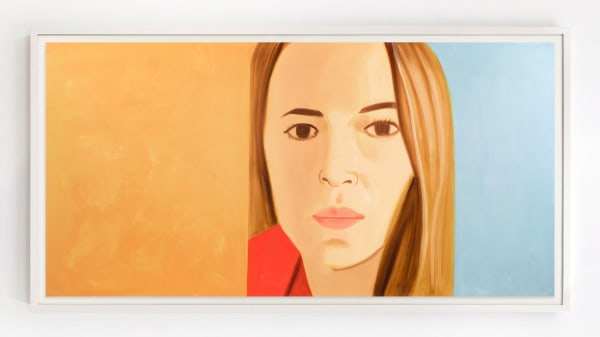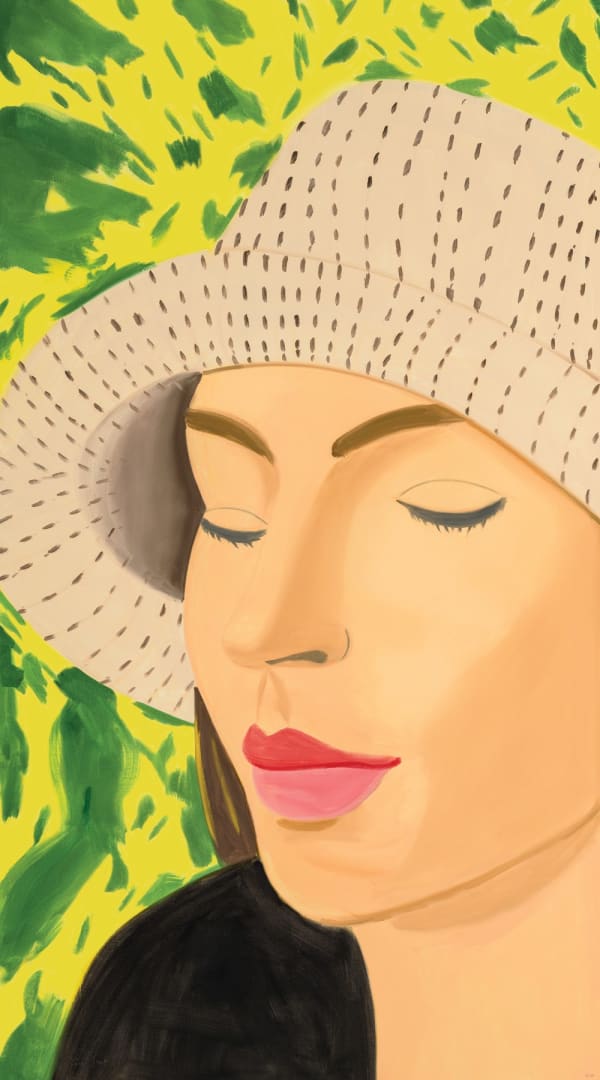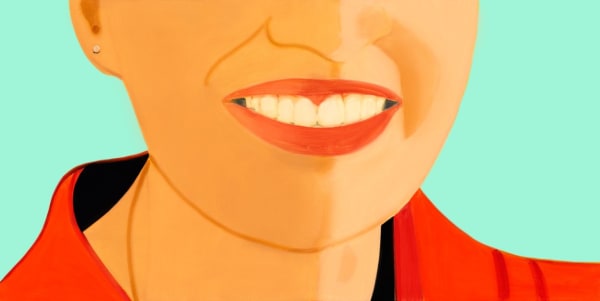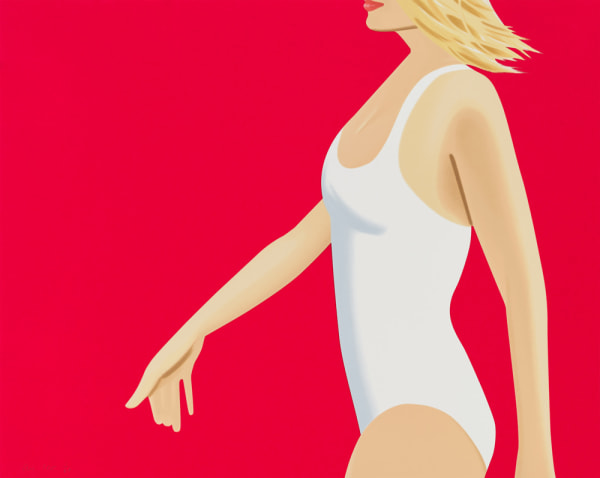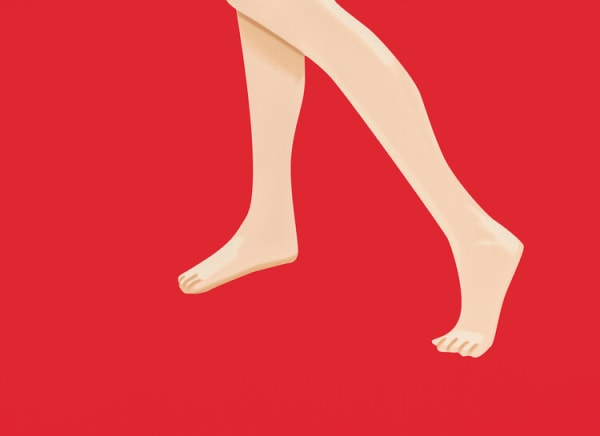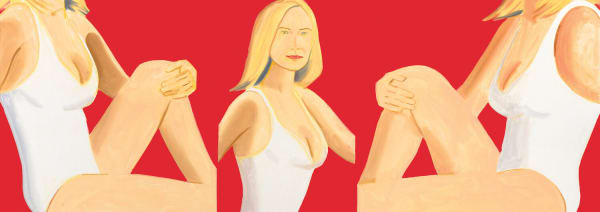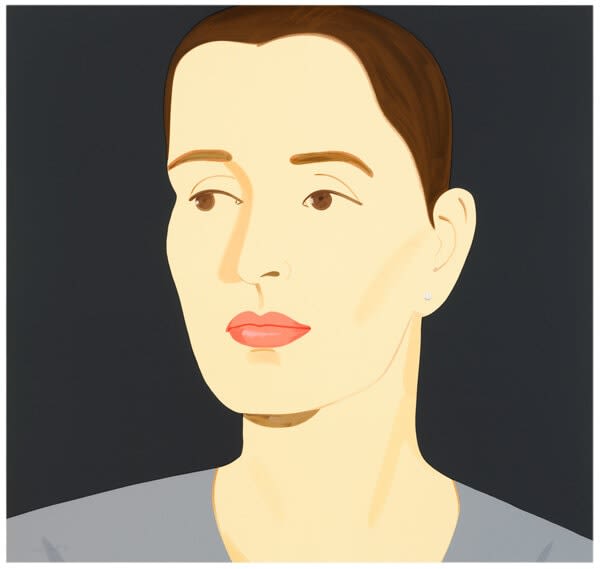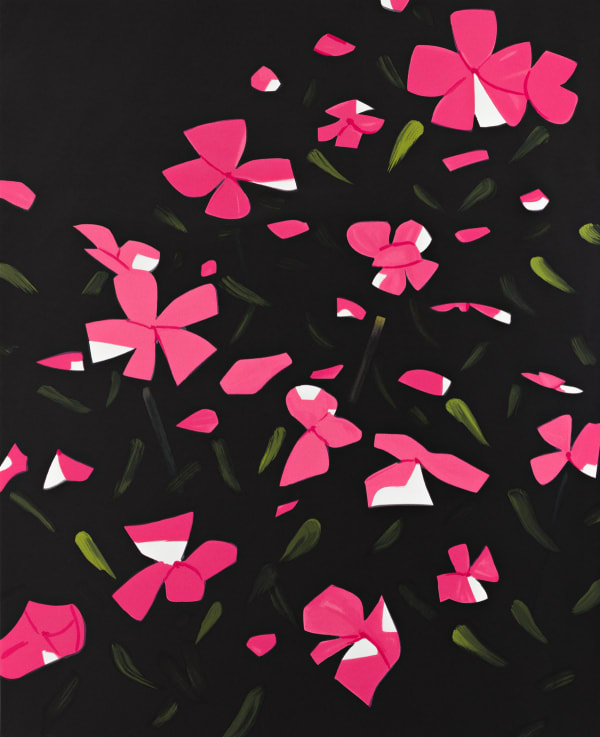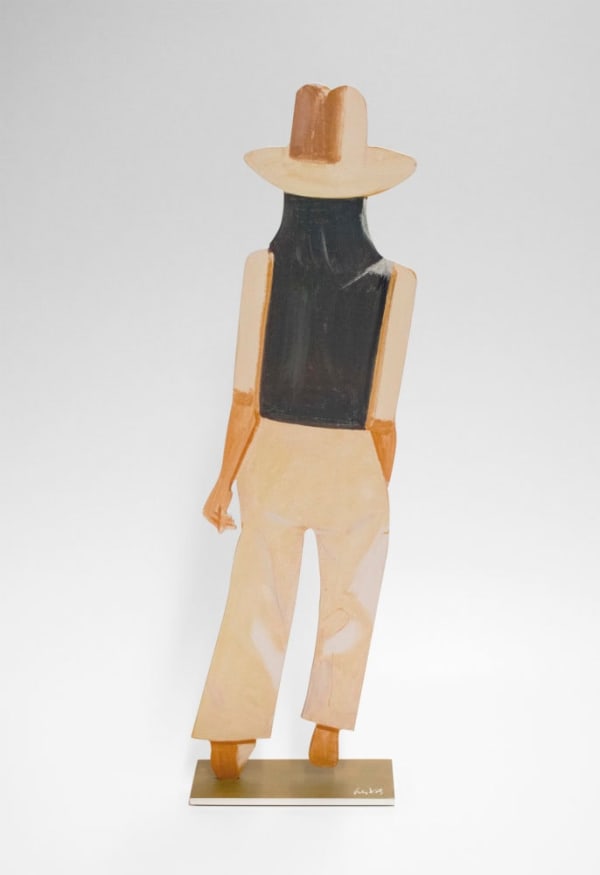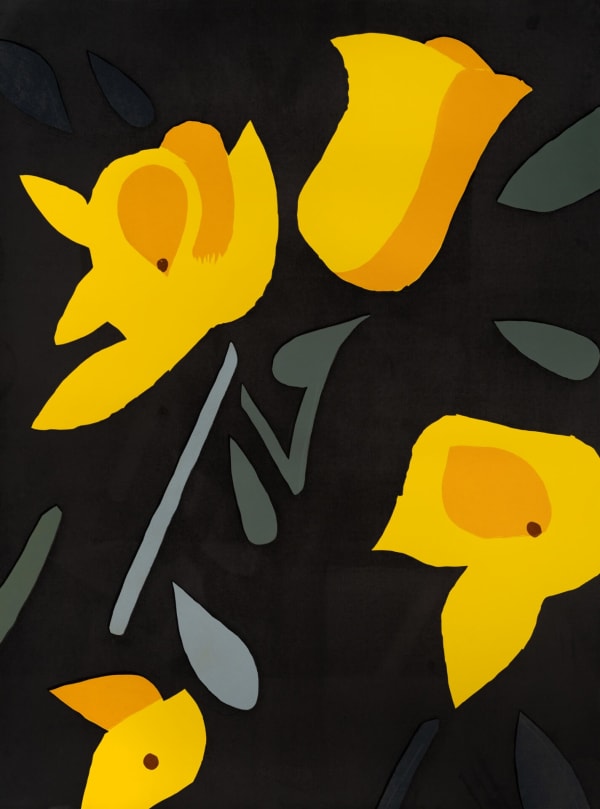Alex Katz American, b. 1927
-
 Olivia, 2025
Olivia, 2025 -
 Chance 1 (Anne), 2016
Chance 1 (Anne), 2016 -
 Chance 2 (Vivien), 2016
Chance 2 (Vivien), 2016 -
 Chance 3 (Darinka), 2016
Chance 3 (Darinka), 2016 -
 Straw Hat Vivien, 2021
Straw Hat Vivien, 2021 -
 Nicole, 2018
Nicole, 2018 -
 Chance Portfolio, 2016
Chance Portfolio, 2016 -
 Chance, 2016
Chance, 2016 -
 Purple Hat (Ada), 2017
Purple Hat (Ada), 2017 -
 Red Tree, 2024
Red Tree, 2024 -
 Vivien X 5, 2018
Vivien X 5, 2018 -
 Vivien with Hat, 2021
Vivien with Hat, 2021 -
 Ariel, 2016
Ariel, 2016 -
 Ada in Spain, 2018
Ada in Spain, 2018 -
 Elizabeth, 2024
Elizabeth, 2024 -
 Straw Hat 1, 2022
Straw Hat 1, 2022 -
 Straw Hat 2, 2022
Straw Hat 2, 2022 -
 Straw Hat 3, 2022
Straw Hat 3, 2022 -
 Halsey, 2022
Halsey, 2022 -
 Ariel 4, 2021
Ariel 4, 2021 -
 Ariel 5, 2021
Ariel 5, 2021 -
 Big Smile (Vivien), 2021
Big Smile (Vivien), 2021 -
 Ada with Sunglasses, 1990
Ada with Sunglasses, 1990 -
 Coca-Cola Girl 1, 2019
Coca-Cola Girl 1, 2019 -
 Coca-Cola Girl 2, 2019
Coca-Cola Girl 2, 2019 -
 Coca-Cola Girl 3, 2019
Coca-Cola Girl 3, 2019 -
 Coca-Cola Girl 4, 2019
Coca-Cola Girl 4, 2019 -
 Coca-Cola Girl 5, 2019
Coca-Cola Girl 5, 2019 -
 Coca-Cola Girl 6, 2019
Coca-Cola Girl 6, 2019 -
 Coca-Cola Girl 7, 2019
Coca-Cola Girl 7, 2019 -
 Coca-Cola Girl 8, 2019
Coca-Cola Girl 8, 2019 -
 Coca-Cola Girl 9, 2019
Coca-Cola Girl 9, 2019 -
 Dancer 1, 2019
Dancer 1, 2019 -
 Dancer 2, 2019
Dancer 2, 2019 -
 Dancer 3, 2019
Dancer 3, 2019 -
 Blue Flags, 2014
Blue Flags, 2014 -
 Flags, 2013
Flags, 2013 -
 Late Summer Flowers, 2013
Late Summer Flowers, 2013 -
 Green Jacket, 1990
Green Jacket, 1990 -
 Kym, 2011
Kym, 2011 -
 Red Hat (Ada), 2015
Red Hat (Ada), 2015 -
 Reflection, 2010
Reflection, 2010 -
 Reflection 2, 2021
Reflection 2, 2021 -
 Sweatshirt II, 1990
Sweatshirt II, 1990 -
 Vivien, 2012
Vivien, 2012 -
 White Hat, 1990
White Hat, 1990 -
 White Impatiens, 2016
White Impatiens, 2016 -
 White Roses, 2014
White Roses, 2014 -
 Yellow Flags 2, 2018
Yellow Flags 2, 2018 -
 Yellow Flags 4, 2020
Yellow Flags 4, 2020 -
 Yellow Tulips, 2014
Yellow Tulips, 2014 -
 Departure (Ada), 2017
Departure (Ada), 2017 -
 Autumn 4, 2023
Autumn 4, 2023 -
 Superb Lilies, ca. 1987
Superb Lilies, ca. 1987 -
 Black Dress VIII (Ruth), 2015
Black Dress VIII (Ruth), 2015 -
 Laura 1, 2017
Laura 1, 2017 -
 Ada X 2, 2020
Ada X 2, 2020 -
 Grey Ribbon, 1990
Grey Ribbon, 1990 -
 Red Dancer 2, 2019
Red Dancer 2, 2019 -
 Sophie, 2012
Sophie, 2012 -
 Sara, 2012
Sara, 2012 -
 Autumn 6, 2023
Autumn 6, 2023 -
 Freesia, 2023
Freesia, 2023 -
 Purple Irises on Red, 2023
Purple Irises on Red, 2023 -
 Purple Irises on White, 2023
Purple Irises on White, 2023 -
 Summer, 2024
Summer, 2024 -
 Three Trees, 2018
Three Trees, 2018 -
 Yellow Flags on White, 2023
Yellow Flags on White, 2023
“[Katz] has always had his own direction, which has not been the direction of mainstream art in any of the last seven decades. In a Katz painting, style—the way it’s painted—is the primary element. His confident, crisply articulated technique makes us see the world the way he sees it, clear and up close, with all but the most essential details pared away.”
– Calvin Tomkins
Alex Katz is an American painter, sculptor and printmaker. Born in Brooklyn, New York on July 24, 1927, he studied in New York and in Skowhegan, Maine between 1946 and 1950. In the early 1950s he was influenced by the work of Jackson Pollock and other Abstract Expressionists, and he produced swiftly executed pictures of trees and various works based on photographs.
In the mid 1950s, working from life, Katz painted spare, brightly coloured landscapes, interiors, and figures. Soon afterward he also produced simplified images in collage. These early works emphasized the flatness of the picture plane while remaining representational, and this insistence on figuration placed him outside the contemporary avant-garde mainstream, in which abstraction and chance were key qualities. Katz developed his style in the portrait works of ordinary people from the late 1950s, such as Ada with White Dress (1958). This resolution of the demands of formalism and representation looked forward to the Pop Art of the following decade.
In the 1960s, Katz’s works became more realistic and were executed in a smoother, more impersonal style, as in Frank and Sheyla Lima (1965). While concentrating on figures in interiors and in urban environments, Katz also painted a number of landscape and flower pieces such as White Petunia (1968). After experimenting with the technique in the late 1950s, from the mid 1960s he made a number of free-standing cut-out figure works painted on wood or aluminium, such as Rudy and Edwin (1968). Similarly, after early forays in the 1950s, Katz concentrated more on printmaking in the 1960s, making very simplified lithographs and screenprints, such as Row Boat (1966). After the 1960s he continued producing similar figure paintings, such as Night (1976), as well as prints. Katz achieved great public prominence in the 1980s, and among the works of that decade were a number of multi-panel paintings such as Pas de deux (1983).
Katz’s works are held in the permanent collections of the Art Institute of Chicago, MoMA, the Centre Georges Pompidou, the Detroit Institute of Art, The Tate Gallery, The Brooklyn Museum, Museo Rufino Tamayo, The Guggenheim Bilbao, The Metropolitan Museum of Art, The Whitney Museum, The National Gallery of Art, and the Smithsonian Institute, as well as many private collections.
-

Simplified Forms
12 Dec 2023 - 12 Jan 2024This survey exhibition explores works from Pop-star icons such as Tom Wesselman, Andy Warhol, and Keith Haring as well as contemporary artists such as Eric Hibit and Sage Skabarnicki-StuartRead more -

Alex Katz
1 - 30 Oct 2016Alex Katz is one of the most widely recognized and exhibited artists of his generation who has developed a distinctive form of abstracted realism. On exhibition is a celebrated body...Read more
-
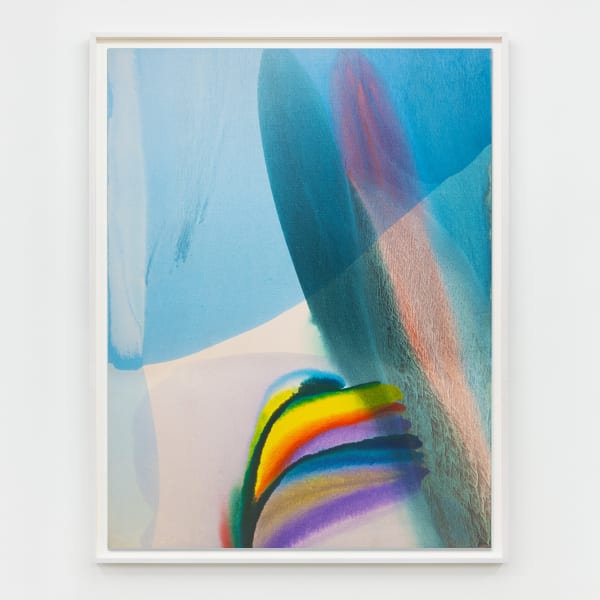
Art Miami 2024
Kenneth Noland, Alfred Jensen, Paul Jenkins 3 - 8 Dec 2024Rukaj Gallery is thrilled to participate in Art Miami 2024 once again. We are excited to showcase a curated selection of exceptional works. Visit us...Read more -

Art Miami 2022
Henri Matisse, Ralston Crawford, Burgoyne Diller 29 Nov - 4 Dec 2022Rukaj Gallery is thrilled to present a show of Julian Opie sculptures, editions, and other curated contemporary artworks at Art Miami 2022. Opie is an...Read more -

Art Miami 2019
Miriam Schapiro, Jules Olitski, Gene Davis 3 - 8 Dec 2019Read more -

Art Toronto 2019
Andy Warhol, Keith Haring, Jean-Michel Basquiat 25 - 27 Oct 2019Read more
-
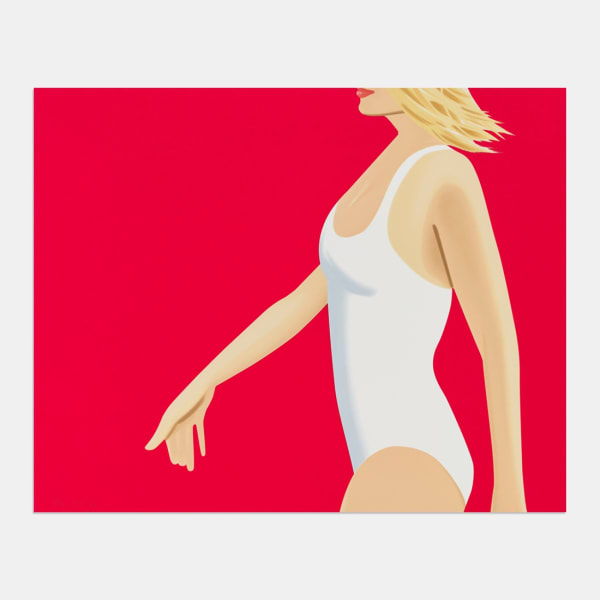
Art Palm Beach 2019
Exclusive release of Alex Katz: Coca Cola Girls Portfolio 16 - 20 Jan 2019Read more -

Art Miami 2018
Exclusive release of Alex Katz: Coca Cola Girls Portfolio 4 - 9 Dec 2018Read more -
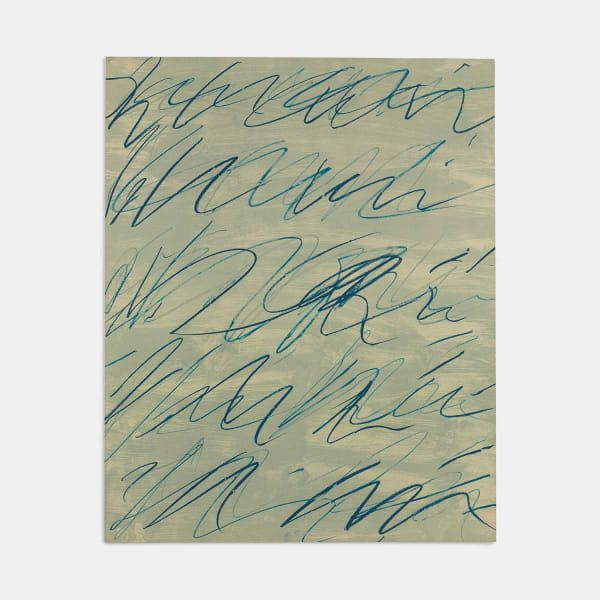
Art Toronto 2018
Alberto Giacometti, Cy Twombly, Richard Serra 26 - 28 Oct 2018Read more -

Art Miami 2017
Kenneth Noland, Conrad Marca-Relli, Louise Nevelson 5 - 10 Dec 2017Read more
-

Art Miami 2024
Kenneth Noland, Alfred Jensen, Paul Jenkins 3 - 8 Dec 2024Rukaj Gallery is thrilled to participate in Art Miami 2024 once again. We are excited to showcase a curated selection of exceptional works. Visit us...Read more -

Art Miami 2022
Henri Matisse, Ralston Crawford, Burgoyne Diller 29 Nov - 4 Dec 2022Rukaj Gallery is thrilled to present a show of Julian Opie sculptures, editions, and other curated contemporary artworks at Art Miami 2022. Opie is an...Read more -

Art Miami 2019
Miriam Schapiro, Jules Olitski, Gene Davis 3 - 8 Dec 2019Read more -

Art Toronto 2019
Andy Warhol, Keith Haring, Jean-Michel Basquiat 25 - 27 Oct 2019Read more
-

Art Palm Beach 2019
Exclusive release of Alex Katz: Coca Cola Girls Portfolio 16 - 20 Jan 2019Read more -

Art Miami 2018
Exclusive release of Alex Katz: Coca Cola Girls Portfolio 4 - 9 Dec 2018Read more -

Art Toronto 2018
Alberto Giacometti, Cy Twombly, Richard Serra 26 - 28 Oct 2018Read more -

Art Miami 2017
Kenneth Noland, Conrad Marca-Relli, Louise Nevelson 5 - 10 Dec 2017Read more
